I am compiling training material and would like to stick to the European symbols and convention in annotating circuit diagrams.
What is the correct way to mark currents and voltages?
I attach an example below showing possible annotations for the inductors.
Which annotation styles in this Circuitikz diagram is preferred or mandatory in Europe. Can you provide a reference?
I also attach the Overleaf code for easy reference:
\documentclass{minimal}
\usepackage[european,RPvoltages]{circuitikz}
\begin{document}
\begin{circuitikz}
\draw (0,2) to [short,i^=$i_1(t)$] (1,2) to [short] (4,2);
\draw (0,0) to [short,f_=$i_2(t)$ ] (1,0) to [L, i_=$i_3(t)$, l_=$L_3$, v^<=$u_3(t)$](4,0);
\draw (0,-2) to [short,f=$i_4(t)$ ] (1,-2) to [L, i^=$i_5(t)$, l=$L_5$, v<=$u_5(t)$](4,-2);
\end{circuitikz}
\end{document}
